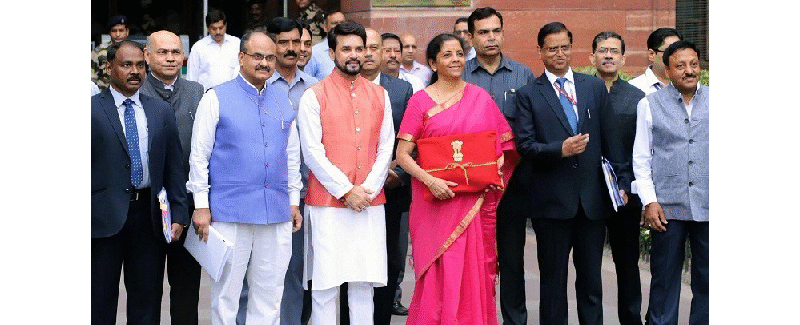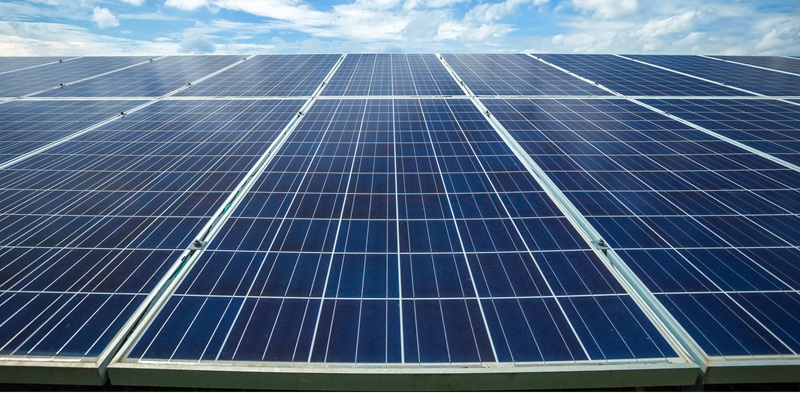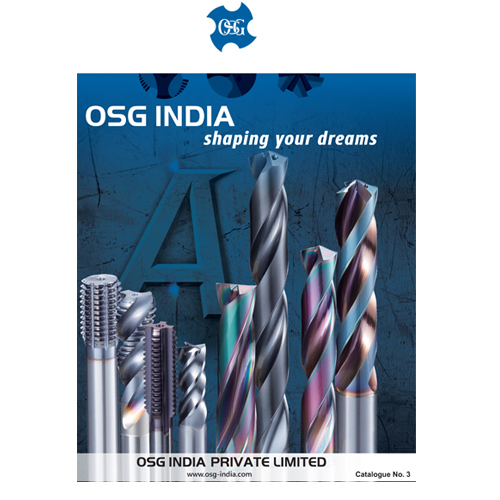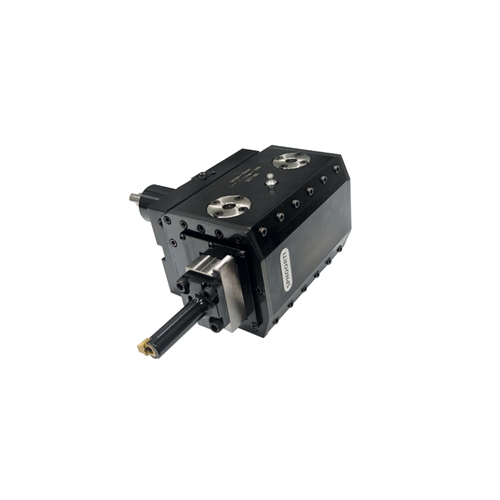Schedule a Call Back
Budget 2019: Putting economy back on track
 Articles
Articles- Aug 27,19

Related Stories

Waaree Solar Americas secures 599MW US deal, expands clean energy presence
The modules will be produced at Waaree’s modern manufacturing plant in Brookshire, Texas, with deliveries scheduled for the 2026 calendar year.
Read more
Waaree is the first Indian Solar PV manufacturer to achieve EcoVadis Gold Medal
Waaree Energies now joins the top 5% of companies worldwide assessed for their environmental, social, and ethical business practices.
Read more
Indian electronics industry's mission $ 500 billion
Indian electronics industry has set an ambitious target of $500 billion by 2030 from present $ 101 billion. The task is challenging, but not insurmountable. As a result, the industry is on the cusp ..
Read moreRelated Products

Precision Cutting Tools1
S S Trading Corporation offers a wide range of precision
cutting tools.

Slotting Head Unit for All Cnc Turn Mill Centers
Sphoorti Machine Tools Pvt Ltd offers a wide range of
slotting head unit for all CNC turn mill centers.

Slotted Tool Disc and Tool Holders
Prominent Machine Tools offers a wide range of slotted tool disc and tool holders.















